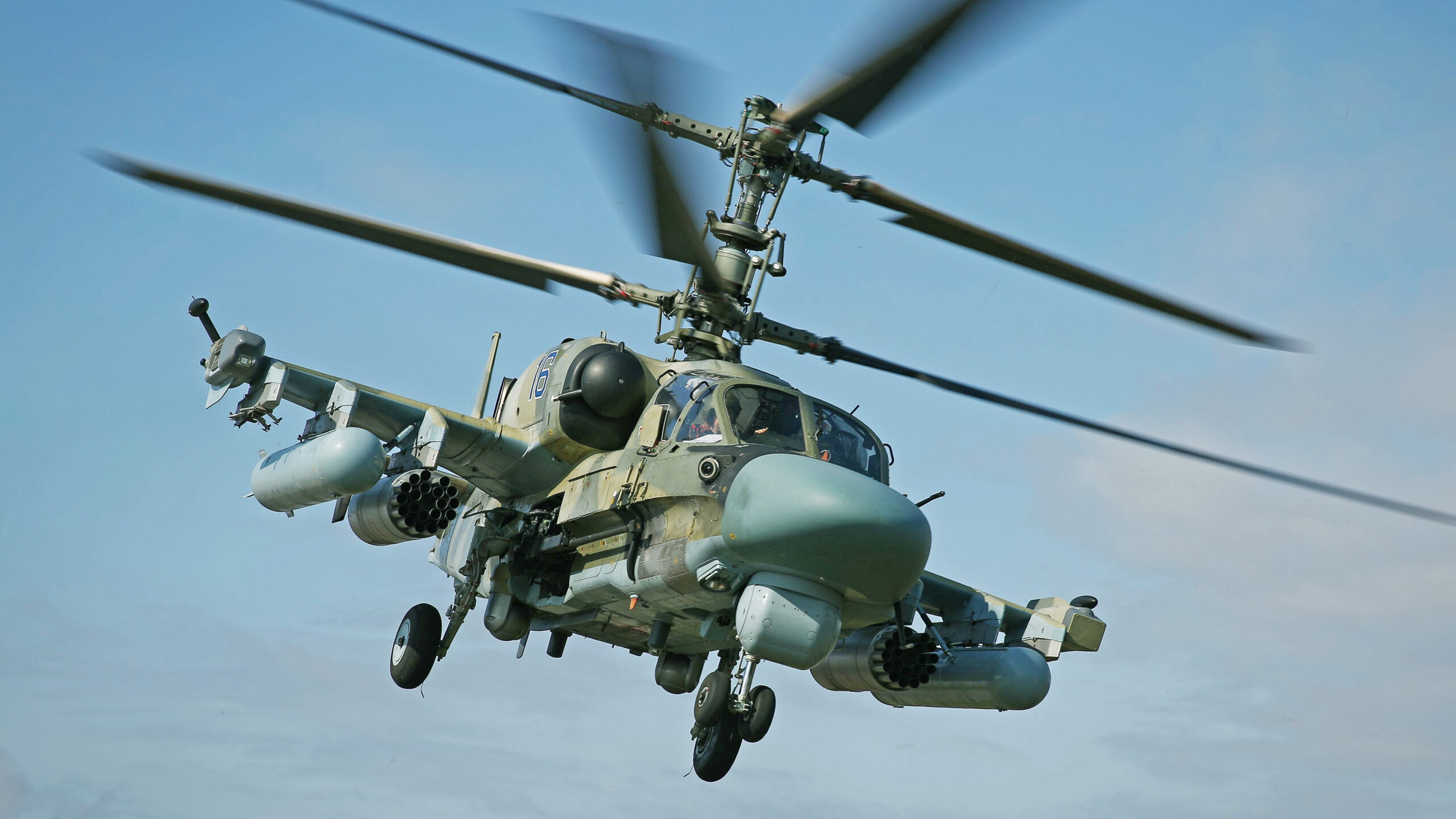As Ukraine presses on with its counteroffensive in the south and east, making incremental advances in the process, there is evidence that Russia may be starting to enjoy more aerial access over critical areas near the front lines.
As Russia continues to adapt its application of air power, after a fairly dismal start to the campaign, some of its aircraft are now able to operate in a less restricted way, or at least Russia is willing to take on more risk in doing so. Either way, this will put further pressure on the Ukrainian forces, raising questions, in particular, about the availability of mobile short-range air defense systems, or SHORAD. At the very least, as Ukraine gets away from its more entrenched and fixed air defense capabilities, the importance of SHORAD is only going to be underscored.
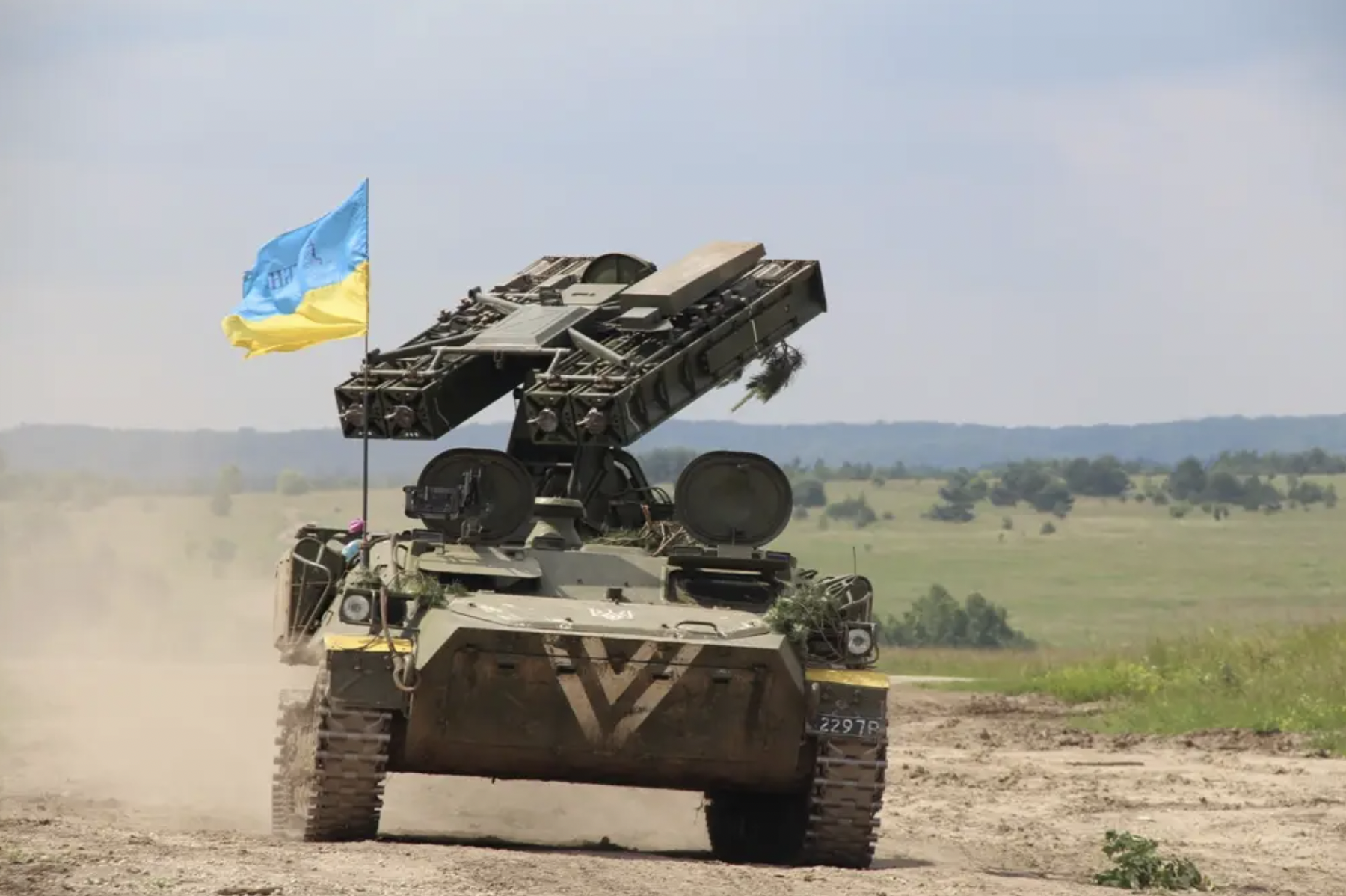
As The War Zone has discussed in the past, SHORAD is fundamental to the protection of friendly units close to the front lines, including armored ones, defending them against a wide variety of aerial threats, ranging from low-flying fixed-wing aircraft and helicopters to larger drones and cruise missiles, and even smaller drones carrying improvised explosive devices.
Speaking recently about the counteroffensive in the Zaporizhzhia region, in the southeast of the country, Deputy Minister of Defense of Ukraine Hanna Malyar noted: “Our troops are moving in the conditions of extremely fierce battles,” before pointing to the particular threat posed by “the enemy’s aviation and artillery superiority.” President Zelensky echoed those same sentiments recently, as well.
Russian attack helicopters in action
Multiple accounts — including from the media arm of the Russian Ministry of Defense itself — now document how Russian aviation is operating very close to the front lines, with attack helicopters presenting an especially serious threat to the Ukrainian counteroffensive in areas where armored advances are orchestrated. In particular, the Ka-52 Hokum has been repeatedly mentioned.

The Ka-52 has borne the brunt of rotary-wing close air support missions since the start of the war, a fact reflected in its disproportionately high losses — 35 examples destroyed, abandoned, or captured since the start of the war, based on open-source analysis.

While the Ka-52 is clearly the big player here, these are not the only Russian attack helicopters involved in this campaign, with examples of the Mi-24 Hind and, as seen in the video below, the Mi-28N and Mi-28NM Havoc also involved.
Rotary-wing assets in general seem to be appearing in greater numbers to support efforts to blunt the Ukrainian counteroffensive, with recent satellite imagery from the Russian-occupied Berdiansk Airport in southeastern Ukraine revealing an influx of 20 helicopters, deployed there from other locations. As well as five Ka-52s, other assets at Berdiansk appear to comprise nine Mi-8 Hip/Mi-24 Hind types, and 13 Ka-27/Ka-29 Helix naval helicopters.
Perhaps most critically, Russian military bloggers are now more frequently citing the successes of these combat helicopters. There are unconfirmed reports of dozens of Ukrainian armored vehicles being destroyed in recent fighting in the Zaporizhzhia region and elsewhere in the east.
The War Zone spoke to Guy Plopsky, the author of a number of articles on air power and Russian military affairs, and asked him specifically about the involvement of the Ka-52 in the recent fighting:
“While there is much that doesn’t get captured on video, the recent uptick in Ka-52 videos suggests that their activity (and that of Russian attack helicopters in general) has intensified (perhaps significantly) in an effort to halt Ukrainian advances since Ukraine launched its counteroffensive,” Plopsky says. “The same appears to be true for Russian fixed-wing tactical combat aircraft. Indeed, a recent U.K. Ministry of Defense intelligence update noted that ‘[t]he [Russian Air Force] has been unusually active over southern Ukraine, where the airspace is more permissive for Russia.’”
The videos presented below are representative of some of the recent footage that purportedly shows Ka-52s engaging Ukrainian armored vehicles. They are presented here with the caveat that we cannot vouch for their authenticity, and not necessarily when and where they were recorded:
There have been some embarrassing incidents, as well, such as a Ka-52 engaging an agricultural crop-spraying vehicle. Still, it appears that the situation on and above the battlefield has opened up something of a window that the Hokum, in particular, is well able to exploit.
Seemingly, the lack of forward-deployed Ukrainian mobile SHORAD has left a ‘dead zone’ in which the Ka-52 can operate with a greater degree of safety than in the past. This appears to be at the outer reaches of their weapons engagement and sensor capability and possibly mainly at night. Generally, this is around nine miles or less. This is giving them enough standoff distance to be effective against armor in the open, but not fall into the SHORAD envelope, or exploit the lack of SHORAD presence. Operating at a very low level and masking themselves using the terrain where possible, as well as working at night, limits their vulnerability to SHORAD and especially shoulder-fired surface-to-air missiles, also known as man-portable air defense systems (MANPADS).
At the same time, the lack of air defense systems means that Ukrainian armor becomes more vulnerable, pushing forward at times without the cover that it needs, leading to losses from attack helicopters, among others.
The Ka-52 has two main anti-tank guided missile (ATGM) options. The 9M120-1 Ataka-1 has a maximum range of 3.7 miles, while the 9A4172K Vikhr-1 can reach targets at 5-6 miles. Both missiles use laser beam-riding guidance, although 9M120 missiles with radio-command guidance can also be used.
“The Ka-52 is the only Russian attack helicopter fielded in large numbers that is able to employ the 9A4172K Vikhr-1, which has a substantial range advantage over older Russian helicopter-launched ATGMs,” Plopsky observes.
“Head-up display (HUD) videos published by the Russian Ministry of Defense and pro-Russian Telegram channels show that Ka-52s have been engaging Ukrainian vehicles — including moving targets — with Vikhr-1 ATGMs from slant ranges of roughly 8 kilometers [5 miles] or more,” Plopsky adds.
The Ka-52 is expected to receive the advanced LMUR anti-armor missile, a much heavier weapon with a range of up to 9 miles, providing an even greater standoff range. The LMUR is associated with the upgraded Ka-52M, which has not yet been noted in use in Ukraine, although the missile has certainly been launched from other platforms, as you can read about here.
In fact, the ability of the Ka-52 to engage moving ground targets with precision-guided weapons, including in night-time conditions, is a considerable advantage, and something generally lacking from Russian fixed-wing tactical combat aircraft.
“At present, many targets that the Ka-52s are engaging appear to be vehicles that are located near — or ahead of — Ukrainian lines,” Plopsky continues. “In such cases, the Ukrainians don’t have short-range air defenses between the Ka-52 and its target, which makes [the standoff] tactic very advantageous.”
However, Plopsky also notes that there are also some disadvantages to these Ka-52 tactics.
“When launched from low levels and slant ranges of 8 kilometers or so, the Vikhr-1 requires some 23-25 seconds to reach its target, during which time the Ka-52 must remain relatively still in order to guide the laser beam-riding missile to its target. This leaves the Ka-52 potentially vulnerable to longer-range air defenses, such as Ukrainian radar-guided SAM systems. That said, the Russians have been able to mitigate this threat — they have gotten much better at conducting suppression and destruction of enemy air defenses (SEAD/DEAD) at the tactical depth, which has made it much more dangerous for Ukrainian radar-guided SAM systems to operate closer to the front line, especially for longer periods of time.”
The changing SEAD/DEAD situation
While the limited availability of mobile SHORAD systems to support Ukrainian armor and other forces at the front may be a growing concern, there is also anecdotal evidence that Ukraine is increasingly being forced to deploy other ground-based air defense systems, including medium- and long-range ones, in these high-threat areas.
Russian military bloggers have claimed this is a reaction to a change in Russian airpower tactics, in which fixed-wing tactical aircraft are using ever greater numbers of standoff weapons, launched from a greater distance from known Ukrainian ground-based air defense systems (GBADS) positions. While Russia seems to have had problems in the past with the availability of purpose-designed standoff precision-guided munitions, it has since developed more ad-hoc solutions in which Soviet-era freefall bomb designs are equipped with range-extending wing kits and, in some cases, guidance packages.
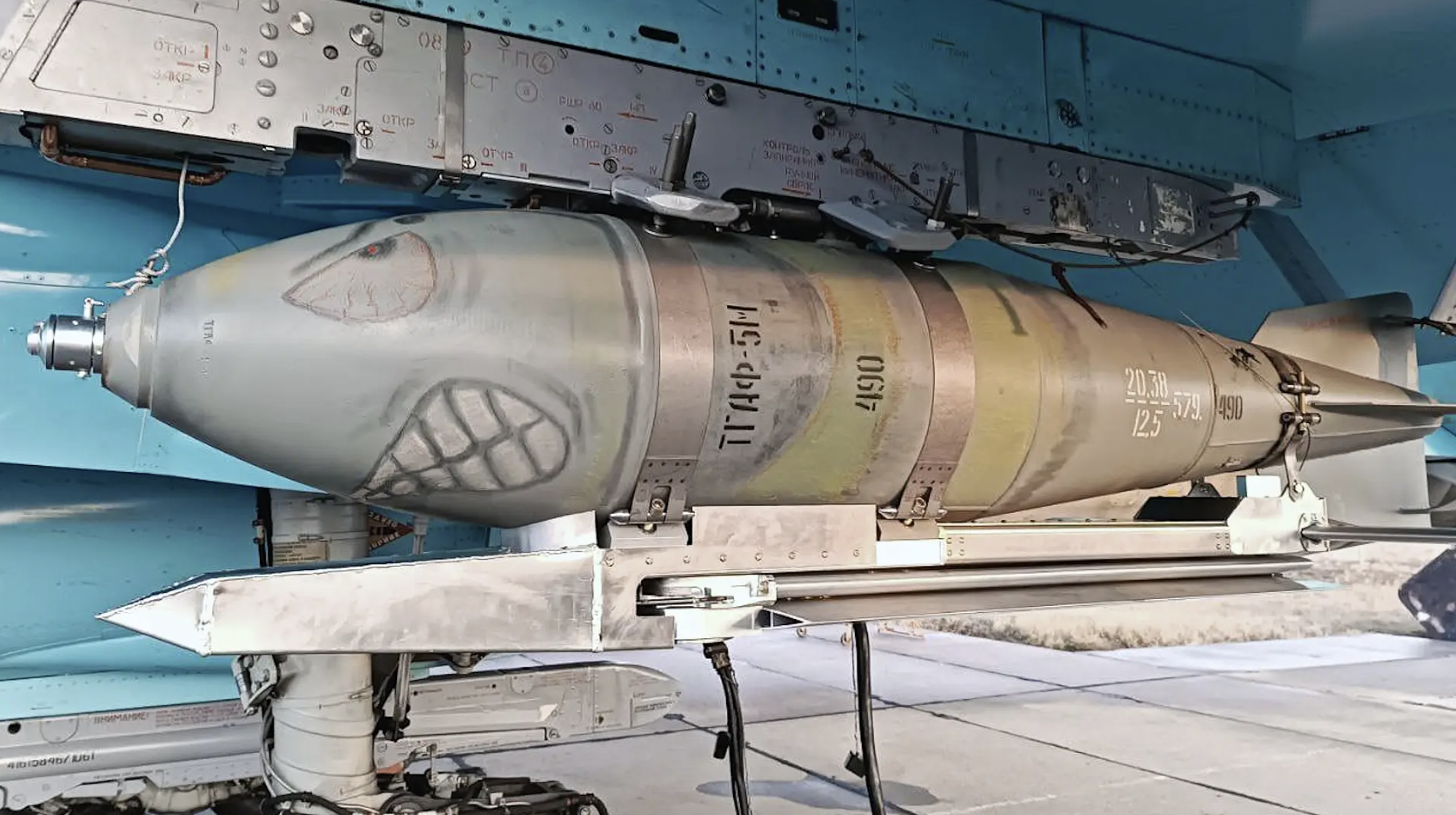
With a range of Russian fighter jets and fighter-bombers able to launch these kinds of weapons, also in significant numbers, then Ukraine is forced to move air defense systems closer to the front lines to attempt to destroy the munitions, if not the aircraft launching them.
But as soon as the radars of the Ukrainian air defense systems are activated, Russian forces respond by targeting them in turn with Lancets and other loitering munitions and drones. As part of this defense-suppression scenario, Russian bloggers also describe snipers being used to ambush Ukrainian air defense operators, before withdrawing under screening fire from mortars, including using all-terrain vehicles to expedite their exfiltration.
According to one pro-Russian account on the Telegram channel, “The Ukrainian defense is given no choice — if they do not shoot down Russian glide bombs, important targets are hit on the front line. If they try to shoot them down, their air defense systems can be destroyed.”
If true, then it seems that Russian field commanders may well have found an effective means of suppressing Ukrainian air defenses around the battlefield. As well as increasing the effectiveness of Russian air attacks, this in turn allows Russian aircraft, including helicopters like the Ka-52, to operate more freely near the front lines.
Ukrainian SHORAD capabilities
The Ukrainian need for more and increasingly advanced air defense systems has been a factor in the conflict from the start of Russia’s full-scale invasion. Frequently, however, the calls have been primarily for longer-ranged systems, to defend Ukrainian cities and key infrastructure against Russian air strikes and missile and drone attacks, and to keep Russia’s fixed-wing capabilities out of Ukrainian-controlled territory.
More recently, it seems there has been an uptick in interest for SHORAD, as well, although these also are needed to play a counter-drone role in the defense of cities and other static targets. However, it’s clear that as Ukrainian troops push forwards in the counteroffensive in the east, they will also be covered by fewer air defenses, and will likely come under more sustained attack by Russian aviation. The fact that, according to U.S. intelligence, Ukraine is running very low, if it has not yet exhausted, many of its Soviet-designed SAMs across its air defense portfolio, is likely a major factor too.
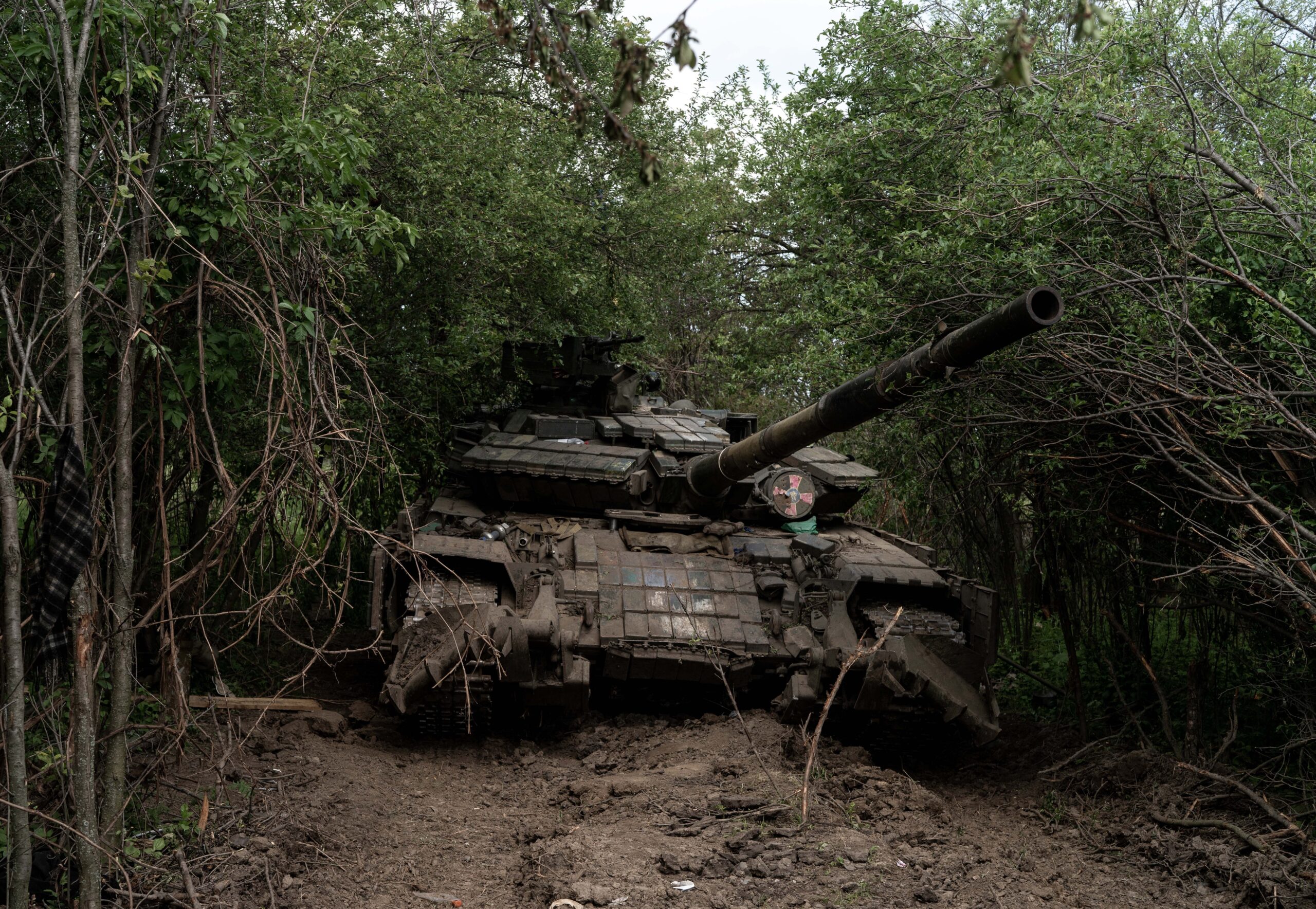
As it stands, Ukraine’s maneuver SHORAD capabilities comprise a mix of surviving Soviet-era systems and newly received Western equipment. However, much of the air defense aid for Ukraine so far has been focused on the medium and long-range systems.
The most capable among the Soviet-era equipment is the 9K330 Tor (SA-15 Gauntlet), which can hit targets up to around 20,000 feet. Its self-contained and highly-mobile nature makes it effective at shoot-and-scoot-like aerial ambushes and an ideal companion for armored advances, but only limited numbers are available. The older 9K33 Osa (SA-8 Gecko) is based on an amphibious six-wheeled chassis and its missiles have a maximum range of 9.3 miles and a maximum altitude of 40,000 feet. More than a dozen of these have already been confirmed destroyed or captured.
At the lower end of the scale is the tracked 9K35 Strela-10 (SA-13 Gopher), which uses a variant of the same missile as the Strela MANPADS. It can engage targets out to a range of 3.1 miles. Filling a similar role is the 2K22 Tunguska (SA-19 Grison), which combines 9M311 series surface-to-air missiles with twin 30mm cannons. Again, these systems are ideal for accompanying armor on the move, but they are not available to Ukraine in significant numbers.

Among the SHORAD provided by Western allies, the most important include the AN/TWQ-1 Avenger, 20 of which were supplied by the United States starting late last year, and which are armed with Stinger missiles, and the German-made Gepard self-propelled anti-aircraft gun (SPAAG). Germany has supplied 52 Gepards, with further examples now due to be delivered from Jordanian stocks. These will be purchased by the U.S. Army before being handed over to Ukraine, as discussed here.

The Avenger and Gepard are both capable systems, and importantly highly mobile, but they have so far been delivered in relatively small numbers. Furthermore, they are also badly needed to help with the point defense of key cities and infrastructure deeper inside Ukraine. Neither is heavily armored and would be vulnerable when taking part in a major armored advance. Their weapons range and acquisition capabilities are also limiting, especially against very low-flying attack helicopters engaging at the edge of their weapons reach.
The latest U.S.-supplied security assistance package for Ukraine included additional munitions for National Advanced Surface-to-Air Missile Systems (NASAMS), although these are less-mobile systems intended primarily for localized area defense. Also included was an undisclosed number of Stinger MANPADS. While useful for defending ground troops on the move, as mentioned above, MANPADS like these sometimes lack the range required to engage Ka-52s before they launch their longer-range anti-tank missiles. They also require personnel to expose themselves to use them, which is not always a good or even plausible idea during a full-on armored assault. Detection and targeting of enemy aircraft, especially at night, can be an issue too.
The SHORAD shortage
The SHORAD problem is exacerbated by the very real lack of systems in this class in the U.S. inventory and in the inventories of its many allies. Post-Cold War, the United States and much of NATO neglected SHORAD capabilities, confident in the likelihood of air superiority in most likely combat zones. While Ukraine shows that the tactical realities of the modern battlefield have changed dramatically, backfilling the Ukrainian Armed Forces’ inventory with suitable systems is not an easy task.
The U.S. Army once had exactly the kind of front-line armored SHORAD system that Ukraine could make good use of now. However, the M6 Linebackers, Stinger-armed systems based on the tracked Bradley infantry fighting vehicle and first fielded by the U.S. Army in 1998, had all been converted into standard M2 Bradley Infantry Fighting Vehicles (IFV) by 2006.
More recently, the U.S. Army has begun fielding the Maneuver Short Range Air Defense, or M-SHORAD, systems, which are based on the 8×8 Stryker wheeled armored vehicle. These are intended to engage a range of aerial threats, from traditional fixed-wing aircraft and helicopters to drones. Most importantly, they are able to do so in heavily contested areas alongside other armor forces.
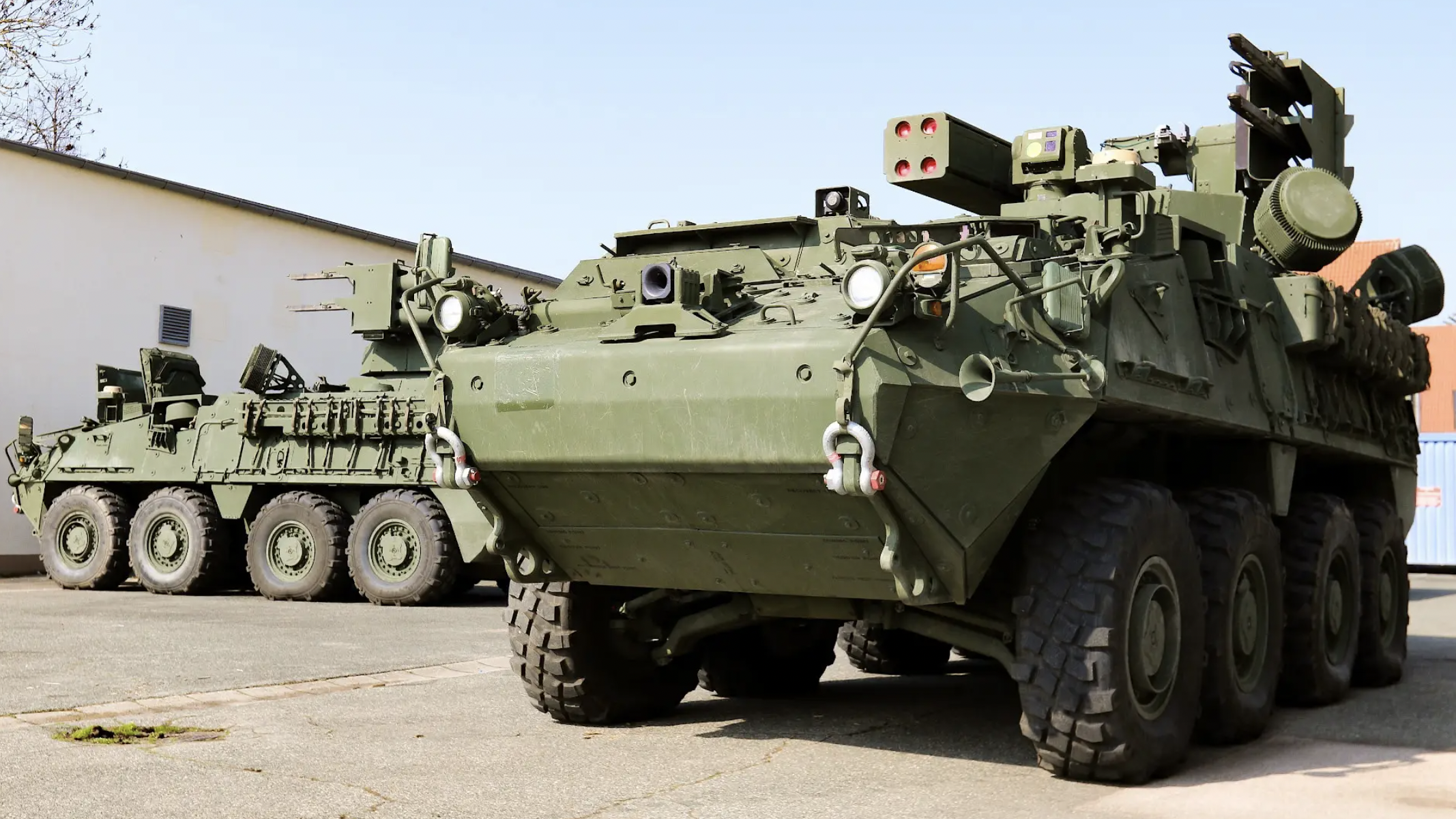
However, M-SHORAD has not been deployed in huge numbers within the U.S. Army and it’s unlikely any of these very new systems would be made available to Ukraine for the time being.
The changing dynamic in the counteroffensive has also been noted by Western military leadership.
U.S. Joint Chiefs chairman Gen. Mark Milley told the Associated Press recently that he predicted that, as time goes on, “this will be a back-and-forth fight for a considerable length of time.”
Ukraine will no doubt develop new tactics to help counter an increasingly assertive Russian military aviation presence amid the ongoing counter-offensive. But already, the experience of this new phase of the campaign is underscoring the importance of short-range air defense capabilities for Ukrainian units as they advance.
Contact the author: thomas@thedrive.com
